Safety Planning
Your top priority? Keeping yourself and your children safe. The Women’s Community provides safety planning services for victims of abuse at all stages and in all environments — home, school or work.
If you are in immediate danger:
- Call 911.
- If possible, get out of the house and go to a neighbor’s or a public place.
- Do not run into a room with potential weapons (kitchen) or a room without windows or only one exit.
After an abusive incident:
- If law officers arrive, take down their badge numbers and names.
- Photograph all injuries and damages.
Safety plan — If you are still in the abusive relationship:
- Teach your children to dial 911.
- Identify a safe place — a neighbor’s home, a room without weapons and with multiple exits, or a public place that is open 24 hours.
- Make a list of safe people who can keep money and documents safe for you and to whom you can go in an emergency.
- Develop a code word you can use to signal friends, family or co-workers that you are unsafe.
- Develop a escape route from your house and practice with your children.
- Pack an escape bag that includes original copies of important documents that your abuser will not know are missing. Store the bag at the home or work of one of your safe friends. Do not store the bag where the abuser can find it. Include:
- Social security cards for you and your children
- Birth certificates for you and your children
- Marriage license
- Check book, ATM card, charge cards
- Green cards, work permits or welfare identification
- School and vaccination records
- Passport and drivers license
- Car registration
- Leases or deeds
- Insurance policies
- W-2s
- Documentation of past abuse
- Divorce, custody or injunction papers
- Extra copies of keys for house, car and work
- Pet licenses or other documentation that establishes your ownership
- Passwords to online accounts
Safety plan — if you have left the abusive relationship:
- Change your locks, phone number, email address and online passwords. Install locks on your windows.
- Avoid staying alone.
- Have neighbors call the police when they see the abuser at your home. Develop a signal to alert them to danger — such as flipping on a porch light — or a code word that you can use when calling them.
- Plan an escape route in case you are confronted by the abuser.
